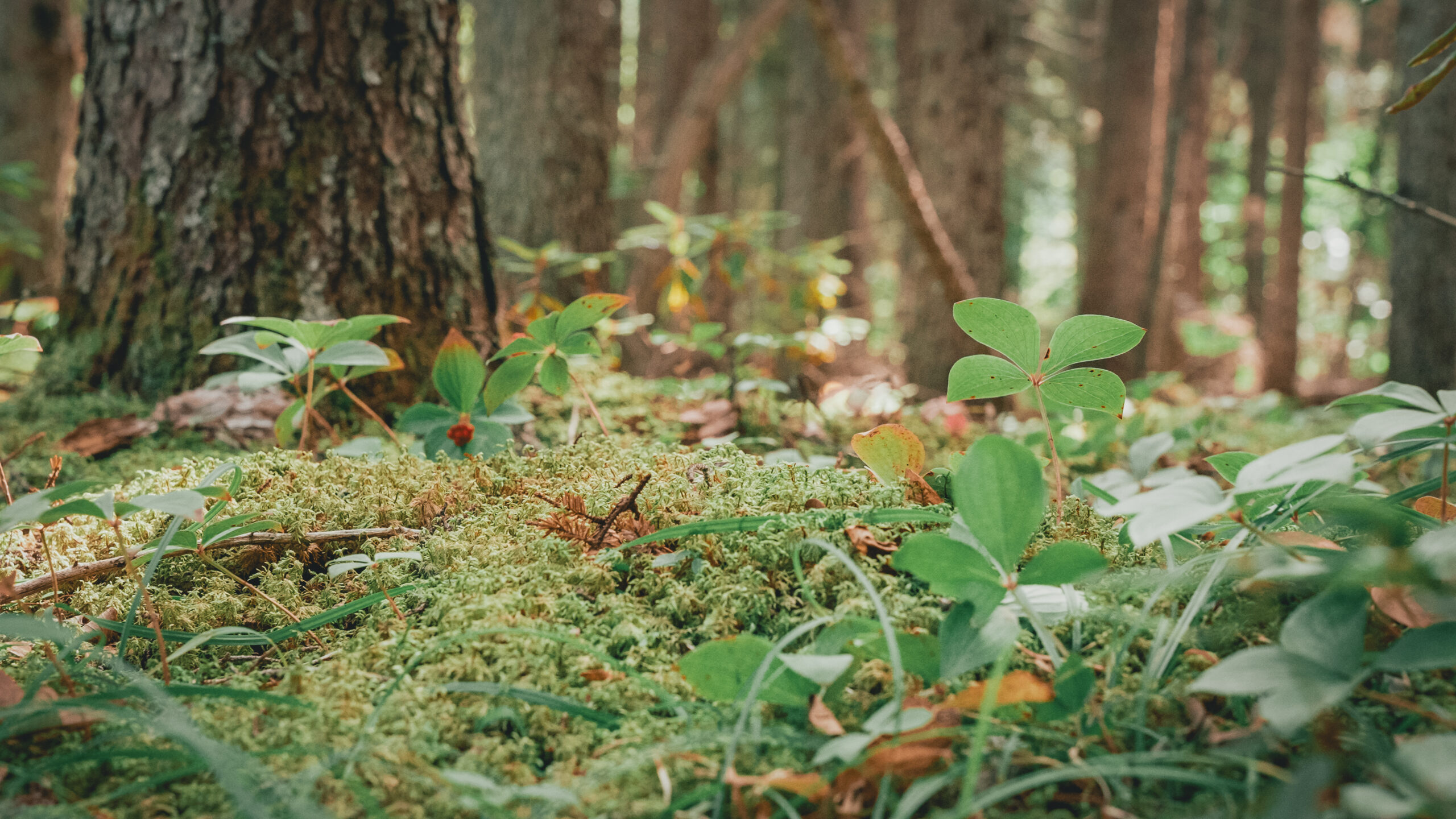Jenna Brunt, Staff Lawyer
Earlier this month, Legal Advocates for Nature’s Defence (LAND), joined by our grassroots clients, the Friends of the Attawapiskat River, attended the Niniibawtamin Anishinaabe Aki (translation: “Stand Up for Our Land”) Gathering in Thunder Bay, Ontario.
This event brought together First Nations leadership, community members, academics, NGOs, and legal advocates to share strategies for collective action against the growing threats posed by proposed critical mineral extraction and nuclear waste disposal projects in Northern Ontario.
Over the course of two days, participants voiced concerns about the future of the lands and waters, particularly in relation to two major proposals:
- The proposed “Ring of Fire” Critical Mineral Project (in the Hudson-James Bay Lowlands in Treaty 9 territory); and
- The proposed Nuclear Waste Repository (between Dryden and Ignace).
Critical Minerals in the Region Dubbed the ‘Ring of Fire’
At the gathering, there were discussions focused on the proposed “Ring of Fire”, a region located in Treaty 9 territory deep in Northern Ontario. This area is known for sizable “critical” mineral deposits that governments are trying to access through regressive legislative reforms, including Ontario’s Bill 5 and Canada’s Bill C-5.
With 42,986 mining claims already staked, absent any consent from First Nation communities, the proposed development threatens to destroy one of the last remaining peatlands (muskeg) in the world —a vast carbon sink that stores more than 35 billion tons of carbon. Disturbing these lands not only risks releasing this sequestered carbon into the atmosphere, thereby accelerating climate change, but also the many toxins and pollutants that have been absorbed by these peatlands over centuries.
As we heard at the gathering, one participant questioned, “Critical to Who?” – demonstrating that while these minerals are allegedly “critical” for political and economic interests, they do not hold the same importance for the Indigenous communities downstream of the project, who rely on the lands and waters for their health, well-being and way of life.
In response to these ongoing threats, support the Indigenous Grassroots of Treaty 9 by signing their Protection Declaration here.
Proposed Nuclear Waste Repository in Treaty 3 Lands
Another focus of the gathering was the Nuclear Waste Management Organization’s (NWMO) proposed Deep Geological Repository near the Township of Ignace, located within the traditional territory of Wabigoon Lake Ojibway Nation.
If approved, this project would allow the transport of highly radioactive and toxic fuel from Canada’s nuclear power plants across the country for permanent, underground storage in Northwestern Ontario.
The NWMO has identified Ignace and Wabigoon Lake Ojibway Nation as “host communities” for the proposed project. However, many neighbouring First Nations and communities along the proposed transportation route have voiced strong opposition due to the destructive risks that nuclear waste poses to the lands, waters, the well-being of future generations, and the environmental injustice of imposing waste from one place on the lands and territories of another Indigenous nation.
WATCH: The message to come from the gathering was clear: No Nuclear Waste in Northwestern Ontario.
Why the Focus on Nuclear Waste and Critical Minerals?
Warren Bernauer, a professor and one of the event coordinators, explained why the gathering chose to focus on these two issues:
“There are a lot of parallels between these two controversial land uses. First, they are both largely justified by climate change and energy transitions. Both the state and industry claim that a massive expansion of nuclear power and critical mineral extraction is necessary to respond to the climate crisis. Second, both nuclear power and critical minerals are being fast-tracked by the government of Canada and the government of Ontario. Third, both of these land uses are very contentious, both within and between Indigenous communities.”
Dr. Warren Bernauer, University of Manitoba
He further explained:
“In both cases, we’ve seen a mixed response from First Nations. While some communities are excited about the economic opportunities, others are alarmed at the potential implications for Treaty rights. So, while the state claims to be operating with Indigenous consent, in reality, it is more of a divide-and-conquer situation.”
Dr. Warren Bernauer, University of Manitoba
Voices from the Grassroots
For the Friends, a grassroots organization from Treaty 9 that works to raise awareness of the Ring of Fire in communities downstream, the gathering was an opportunity to connect with others and reaffirm the importance of protecting their lands and waters from development.
Michel, the founder of the Friends, reflected:
“The event was very meaningful for all of us who gathered to discuss the importance of nuclear waste that can potentially harm our environment. It may sound simple, but even transporting the waste along the route can do damage if we are not careful.”
Michel Koostachin, Founder, Friends of the Attawapiskat River
The Path Forward
The sentiment expressed by the Indigenous leadership, community members, and allies at the gathering was unequivocal: both the proposed Ring of Fire development and the proposed Nuclear Waste Repository lack broad consent.
As the participants highlighted, in order to overcome the divide-and-conquer tactics, we must uphold and support Indigenous legal traditions and natural laws.
LAND remains committed to supporting Indigenous communities in advocating for the protection of their lands and waters, their inherent and Treaty rights, and their rights to meaningful participation in environmental decision-making process as affirmed in section 35 of the Constitution Act, the United Nations Declaration on the Rights of Indigenous Peoples, and the Canadian United Nations Declaration Act.
For many Indigenous community members, the risks associated with extraction and contamination are not theoretical; they are lived and ongoing. The risks associated with the proposed projects underscore the urgent need for governments and industries to act responsibly in the face of development. This means adhering to Treaty rights and international commitments, including UNDRIP’s free, prior and informed consent principle and rights to protect lands and waters, and ensuring Indigenous peoples have decision-making authority.
